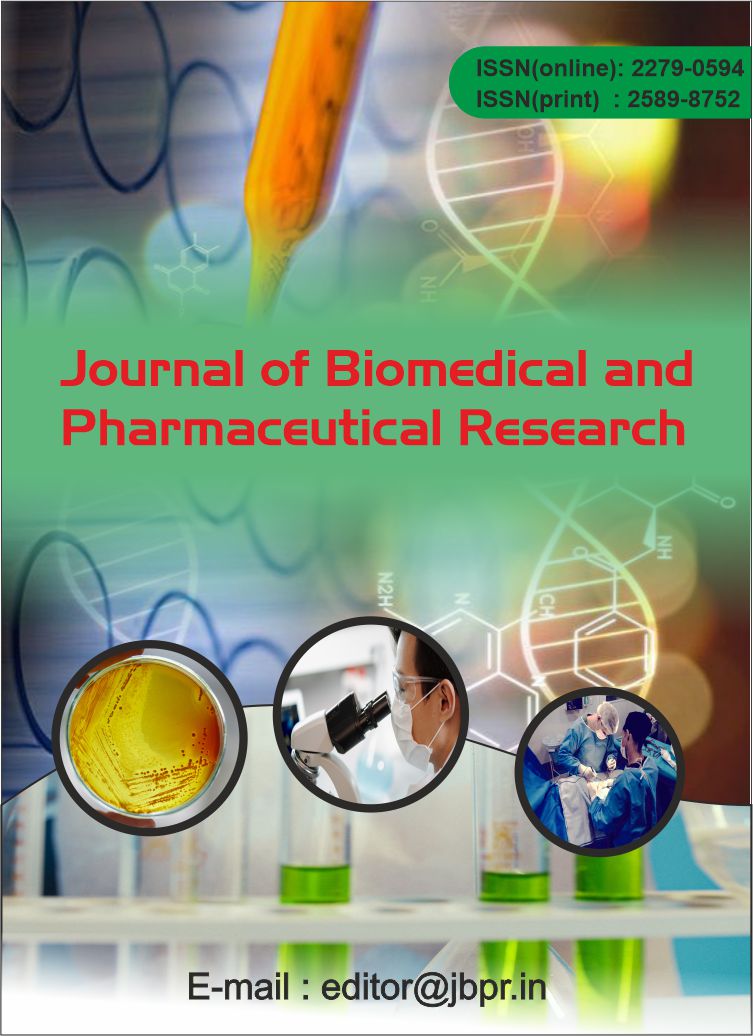STUDY OF OVARIAN MORPHOLOGY IN HIGH FRUCTOSE FED MICE
Abstract
Objective: The objective of our present study is to assess the histological changes in the ovary of mice fed refined and unrefined high sugar diet
Methods: Thirty six Female albino mice (15-25g) of age 21 days were randomly divided into six groups (6 animals in each group). The mice are fed unrefined high sugar diet (Palm jaggery diet), refined high sugar diet (High fructose diet), normal control diet tap water ad libitum. Animals were maintained in the respective diet for 60 and 90 days. The animals were monitored closely and weighed every day from 21 day age onwards. At the end of the experimental period (i.e. 60th day, and 90th day) the animals were sacrificed. The body weight (before sacrifice the animal) and weight of the ovaries were measured. The ovaries were fixed in 10 % buffered formalin and stained with haematoxylin and eosin. The histoarchitecture of ovary was studied.
Results: the ovary of mice fed high fructose diet shows degenerating cystic follicles, many preantral follicles, and reduced number of corpora lutea. There were no significant changes in histoarchitecture of mice fed palm jaggery diet and normal control diet.
Conclusion: This study concludes that chronic exposure to high fructose diet (HFD) in female mice induces a reproductive phenotype resembling features observed in women with PCOS
Key wards: female albino mice, refined high sugar diet, unrefined high sugar diet, corpora lutea.
![]() Journal of Biomedical and Pharmaceutical Research by Articles is licensed under a Creative Commons Attribution 4.0 International License.
Journal of Biomedical and Pharmaceutical Research by Articles is licensed under a Creative Commons Attribution 4.0 International License.





